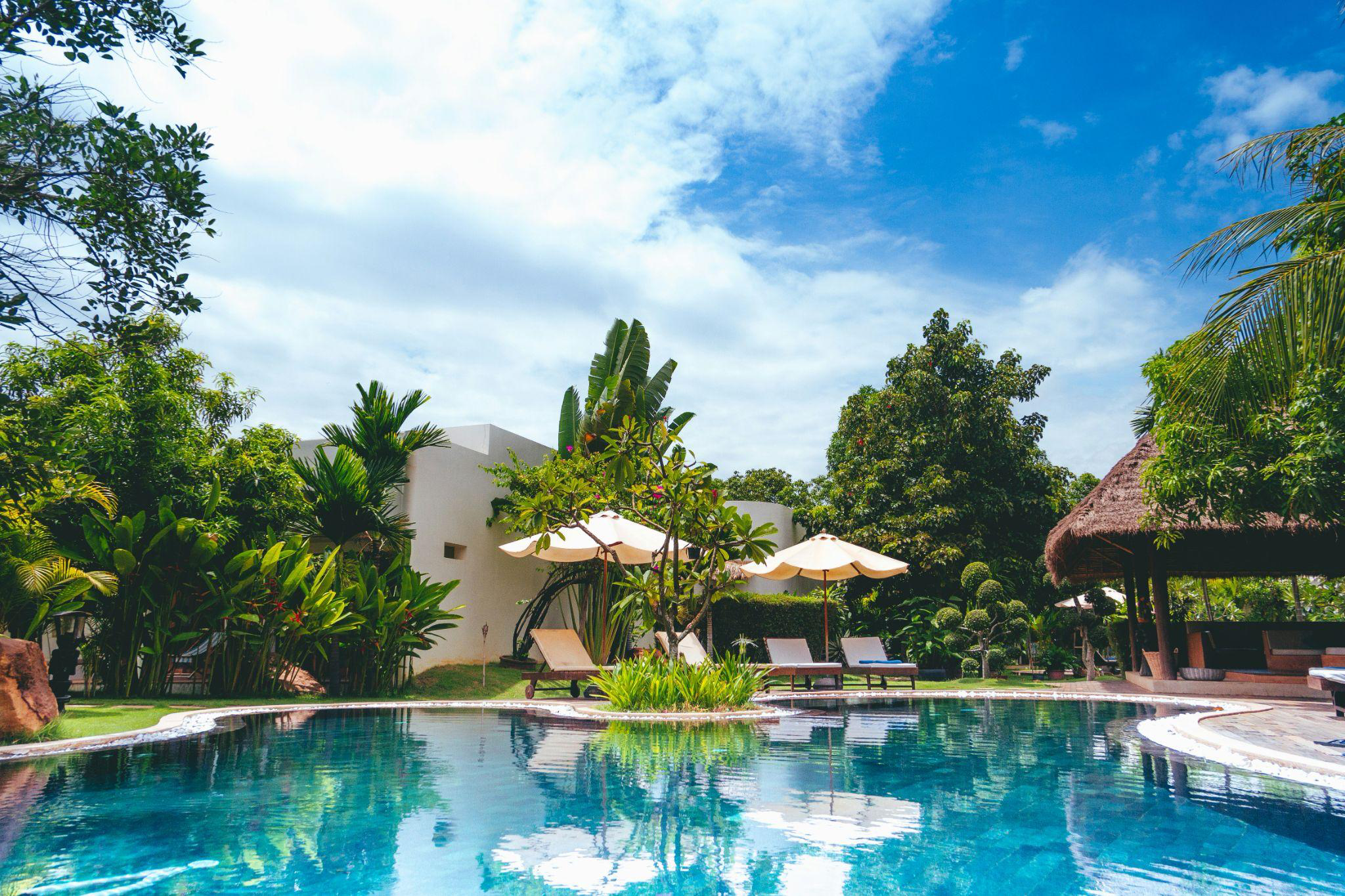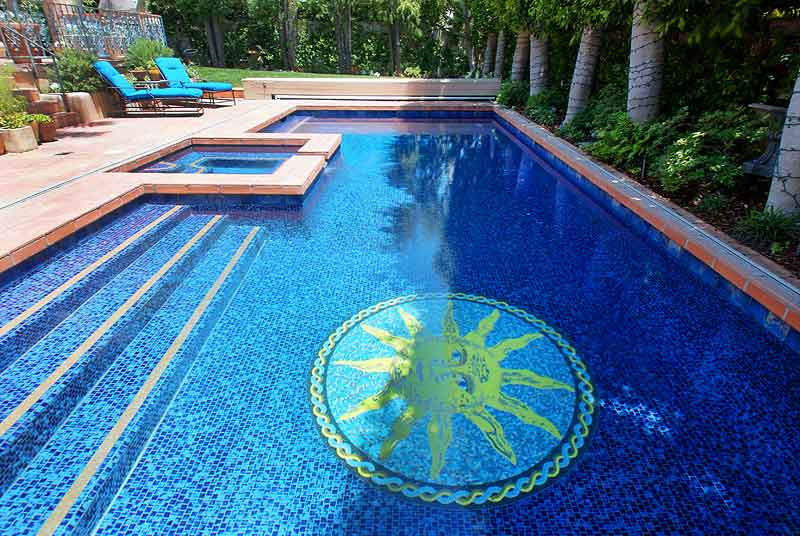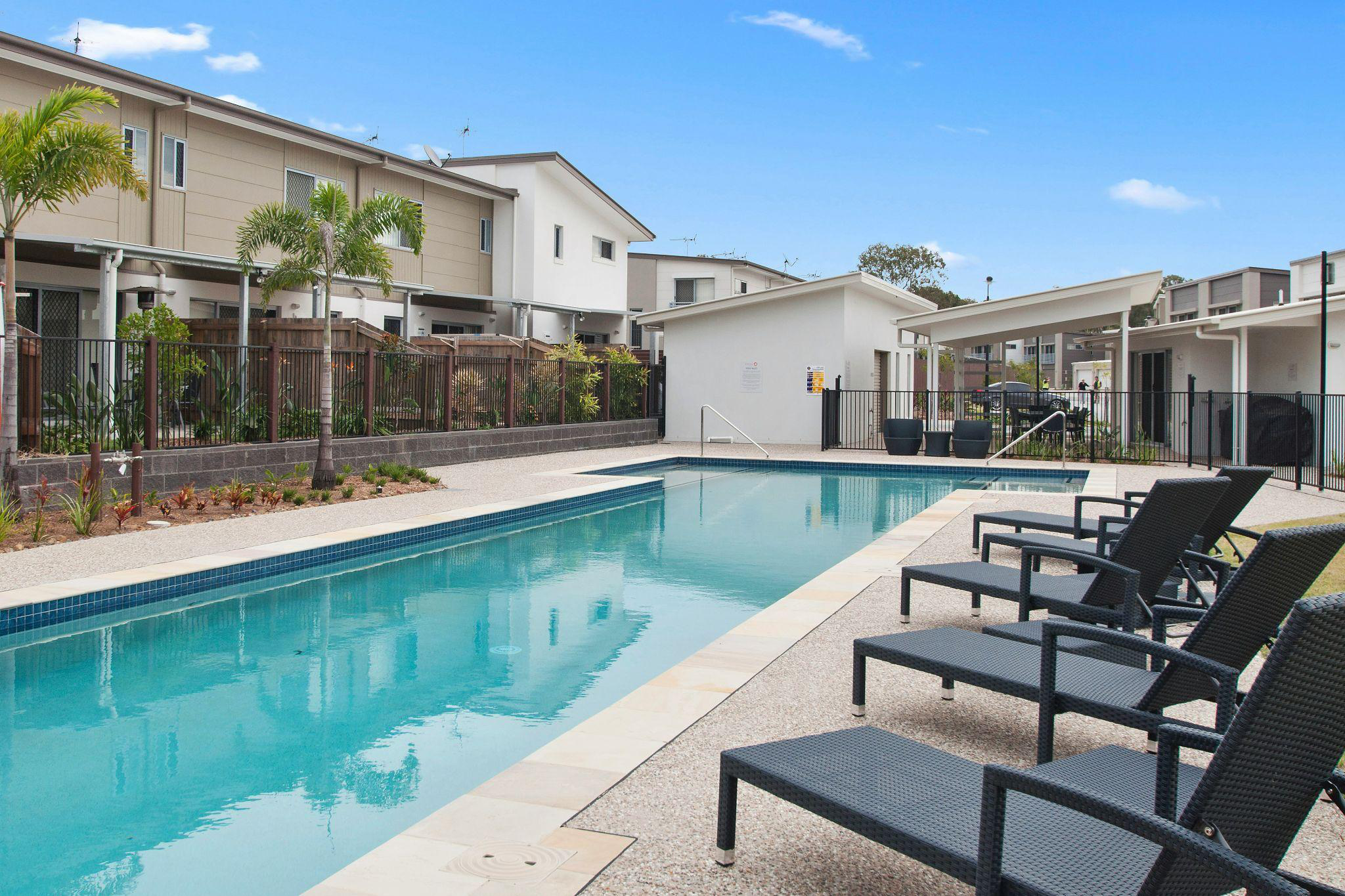
A hotel pool is rarely just a place to swim. It’s a reflection of design philosophy, a magnet for travelers, and often the visual signature of the property. From tranquil plunge pools tucked away in spa suites to infinity-edge showpieces that blur into the ocean, pools have evolved into much more than amenities. They are mood-setters, brand statements, and Instagram darlings. As travelers increasingly seek unique experiences, hotel pools have become a defining part of the journey.
Understanding the array of pool styles, and how they align with a hotel’s location, clientele, and identity, can make a meaningful difference in both guest satisfaction and a property’s long-term success. Whether designing a new hotel or updating an existing space, choosing the right pool style is a pivotal decision.
Infinity pools have become the go-to choice for properties that offer scenic views. These pools feature one or more vanishing edges that create the illusion of water extending into the horizon. They’re most commonly found in places like hillside resorts, cliffside retreats, or high-rise hotels where panoramic views are part of the experience. The seamless visual line between the water’s edge and the landscape creates an elevated sense of luxury and calm. Beyond aesthetics, infinity pools appeal to travelers seeking exclusivity and a connection to nature. They often become the most photographed aspect of a property, serving as powerful marketing tools and reinforcing the hotel’s premium status.

Lagoon-style pools, on the other hand, speak to a more laid-back, escapist sensibility. These pools are designed with irregular, freeform shapes and incorporate natural elements like rocks, palm trees, waterfalls, and gently sloping entry points. The idea is to replicate a natural swimming hole or tropical lagoon, encouraging guests to explore, float, and relax at their own pace. Lagoon pools are particularly popular at beach resorts where space allows for sprawling, immersive designs. They’re also a favorite among families, thanks to their shallow areas, interactive features, and expansive footprints.
Rooftop pools provide a completely different experience. Found mostly in urban environments where space is limited, these pools make use of vertical real estate to offer guests an oasis above the city. Often rectangular and minimalist in design, rooftop pools compensate for their size with stunning views and stylish surroundings. They are as much about social experience as they are about swimming. The addition of sun loungers, cocktail service, and mood lighting turns the rooftop into a day-to-night destination.
Then there are plunge pools, which are small in size but big on impact. Typically associated with luxury suites, private villas, and spa accommodations, plunge pools offer personal spaces for cooling off and unwinding. They’re not intended for swimming laps, but for intimate moments of relaxation, often with dramatic views or secluded garden settings. In hot climates, plunge pools can be a key differentiator for guests seeking privacy and comfort. Despite their modest scale, they’re a favorite among honeymooners, solo travelers, and wellness-focused guests who prioritize serenity over splash.
In contrast, glass-walled pools are designed to dazzle. Suspended above city streets or bridging two buildings, these pools often feature transparent walls or floors made from acrylic or reinforced glass. They are feats of engineering and undeniable visual statements. Guests swimming in them experience not only the thrill of floating in the sky, but also the buzz of being watched, whether from below or across the water. For hotels catering to a younger, social media-savvy demographic, glass-walled pools can become defining landmarks. They symbolize innovation, edge, and urban flair, reinforcing a brand’s modern identity.

Another distinctive category is the mosaic pool, where design and craftsmanship converge. These pools feature intricate tile work, ranging from abstract patterns to culturally significant motifs. Mosaic art has long been associated with opulence and storytelling, and when applied to pool design, it adds an immersive layer of character. Whether in a Moroccan riad, a Grecian coastal retreat, or a five-star spa in Rome, mosaic pools create a sense of place and permanence. They’re especially impactful at night when underwater lighting reveals the depth and texture of the tilework. For heritage properties or hotels looking to highlight their artistic roots, this pool style reinforces elegance and cultural pride.
Natural pools are gaining popularity among eco-conscious resorts and lodges. Also known as bio-pools, these systems use plants and natural filtration rather than chemicals to maintain water quality. Designed to resemble freshwater ponds or lakes, they’re often surrounded by native vegetation and constructed with stone or wood, rather than concrete and tile. Natural pools appeal to travelers who value sustainability and an organic connection to their environment. They also fit beautifully into properties located in forested, rural, or mountainous areas where a chlorine-scented rectangle would feel out of place. Maintenance of these pools requires specialized knowledge, but the result is a living, breathing ecosystem that enhances the overall authenticity of a nature-driven resort.
Indoor pools offer year-round usability and are a staple of hotels located in colder climates or urban centers. These pools often serve dual functions, providing relaxation as well as fitness opportunities. When integrated into wellness offerings, they’re often paired with spas, saunas, and hammams. Design plays a critical role here; the most successful indoor pools incorporate natural light through skylights or floor-to-ceiling windows, minimizing the feeling of confinement. Soundproofing, aromatherapy, and curated lighting further elevate the experience, transforming a simple swim into a sensory retreat. For business travelers and wellness tourists, indoor pools provide both convenience and calm.
Themed pools are another category altogether, transforming aquatic environments into whimsical or immersive experiences. These are especially popular in family resorts, where fantasy elements like pirate ships, artificial waves, or tropical grottos can turn a regular day at the pool into an adventure. But themed pools also find expression in luxury properties that want to evoke a specific cultural or historical atmosphere. Think Roman bathhouse replicas, Art Deco fountains, or Zen-inspired water gardens. These pools may involve elaborate sculptural elements, synchronized lighting, or thematic music. The goal is not just to swim, but to experience a story through design.
Lap pools cater to a different kind of guest: the traveler who prioritizes fitness and routine. Typically narrow and long, these pools are built with function in mind. Clean lines, depth consistency, and unobtrusive surroundings help maintain focus and efficiency. Hotels with strong wellness branding or located near business districts often include lap pools as part of their gyms or health clubs. Though visually understated, lap pools are valuable to a demographic that seeks reliability over extravagance.

Selecting the right pool style begins with a clear understanding of the hotel’s identity, guest profile, and geographic setting. A beachfront resort catering to multigenerational families might prioritize a lagoon-style pool with splash areas and winding coves, while a mountaintop retreat focused on wellness would be better served with a serene plunge pool or natural swimming pond. In contrast, a city hotel targeting young professionals might see stronger returns from a glass-walled rooftop pool with DJ nights and curated cocktails.
Other considerations include climate, maintenance, staffing, and available space. Pools in warm, dry regions can be open year-round and benefit from outdoor design, while those in colder areas need heating, enclosures, or seasonal strategies. Energy consumption, filtration systems, and accessibility all play into long-term viability. Even the finish materials, from ceramic tile to natural stone, affect the guest experience and operational efficiency.
Lighting, landscaping, and furniture are also crucial components of pool design. The difference between a functional pool and a destination often lies in the details. Submerged loungers, fire pits, cabanas, and strategically placed greenery can transform even a small space into a memorable experience. Increasingly, hotels are incorporating technology into their pool areas, from underwater speakers to app-controlled lighting systems that allow for customizable ambiance depending on time of day or event.
Ultimately, a hotel’s pool should serve as an extension of its narrative. It’s where guests come to unwind, to socialize, to admire the view—or all three. When aligned properly with a property’s purpose and personality, the pool becomes more than a feature. It becomes part of the story guests tell when they return home.

